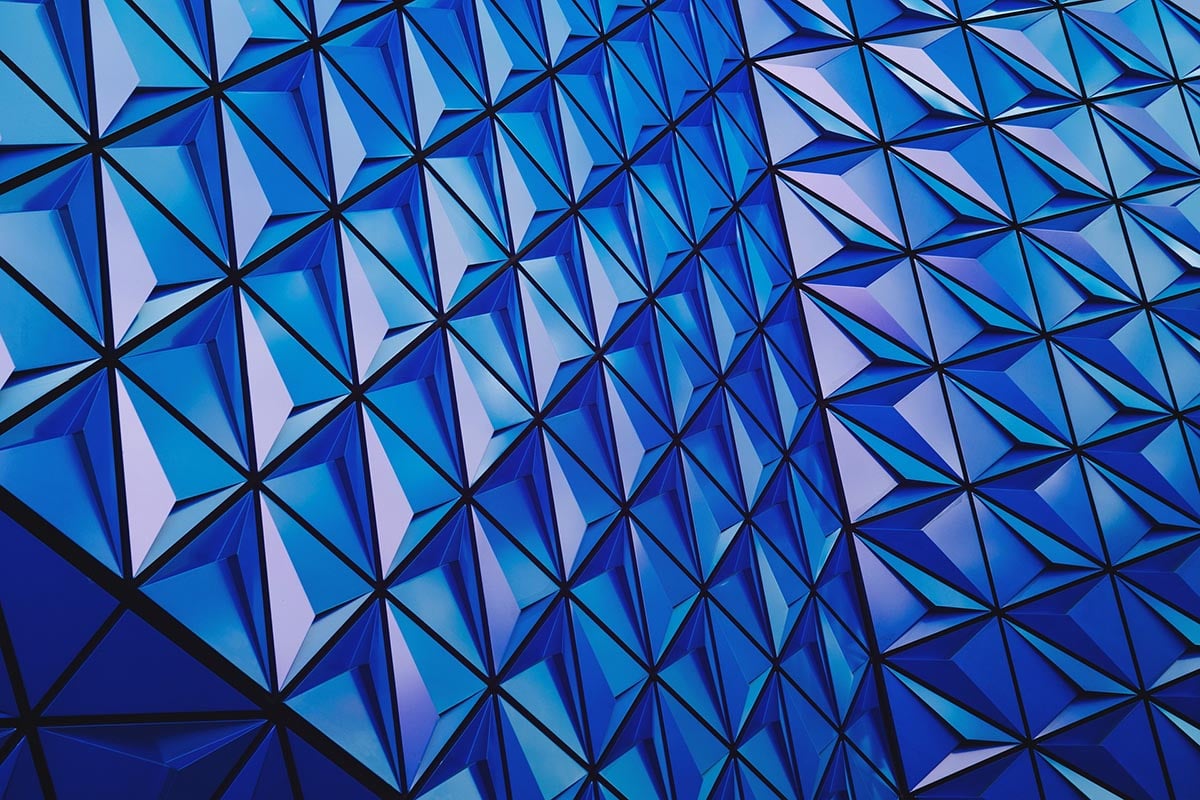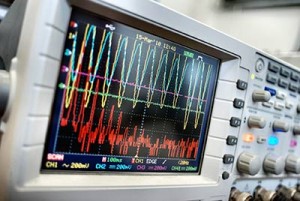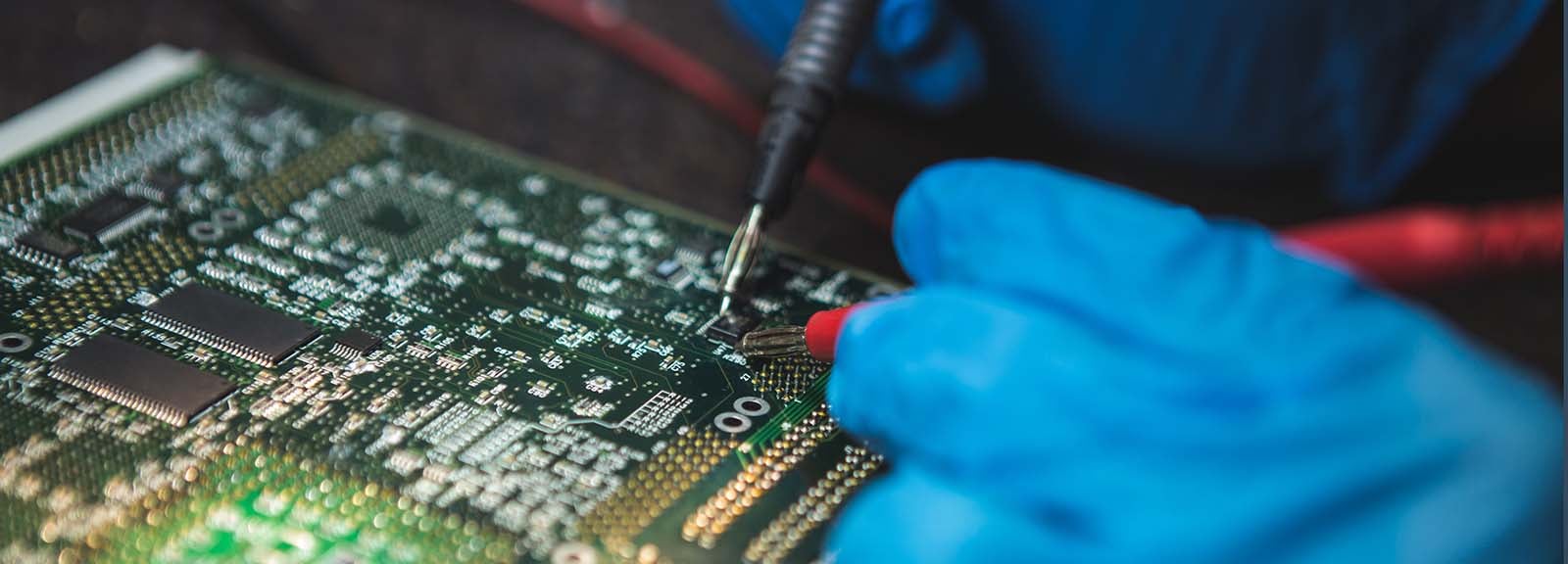+1 (317) 804-2330 | info@ballsystems.com | Blog
+1 (317) 804-2330 | info@ballsystems.com | Blog

What is Calibration? Calibration is the process of comparing measurement values delivered by a device under test with those of a standard of known accuracy. Largely, calibration also includes the process of adjusting the output delivered by the measurement device to align with the value of the applied standard of known accuracy. The measurement device should be reconfigured when measurements deviate from the set value of the known standard. Most often, the accuracy of the known standard or ‘Master’ measurement should be 10x greater than that of the measuring device being calibrated. However, organizational standards typically accept an accuracy ratio of 3:1.
Calibration is the process of comparing measurement values delivered by a device under test with those of a standard of known accuracy. Largely, calibration also includes the process of adjusting the output delivered by the measurement device to align with the value of the applied standard of known accuracy. The measurement device should be reconfigured when measurements deviate from the set value of the known standard. Most often, the accuracy of the known standard or ‘Master’ measurement should be 10x greater than that of the measuring device being calibrated. However, organizational standards typically accept an accuracy ratio of 3:1.
By process, calibration also includes repair of the device if it is out of calibration. For external calibration services, a report is generally provided by the calibration service, which would show any errors in measurements with the measuring device before and after the calibration. Depending on your application, calibration verification could be an option to verify instruments by comparing measurements using calibrated equipment to measurements of equipment that has had their calibration expire. Expired Calibrated Instruments that do not produce the same measurements as the Calibrated Instruments would need to be sent to a calibration service expert for repair.
As an example, to show how calibration is performed we can use an external micrometer as an example. For a mechanical measuring device, accuracy of the scale is the main parameter for calibration. In addition, these instruments are also calibrated for zero error in the fully closed position and flatness and parallelism of the measuring surfaces. For the calibration of the scale, a calibrated slip gauge is used. A calibrated optical flat is used to check the flatness and parallelism.
Why calibration is important?
Calibration of measurement equipment is highly important because it ensures the reliability of the device. There are two (2) main objectives to calibration of measuring devices and instrument. First, calibration checks and verifies the accuracy of the measuring device. Secondly, calibration also creates traceability of the measurements to ensure they are consistent with other measurements.

When should you calibrate your measuring device?
The accuracy of all measuring devices erodes over time. This is typically caused by normal instrument usage. However, changes in accuracy can also be caused by electrical or mechanical shock or exposure to hazardous manufacturing environments like a machine shop or chemical lab. Depending on the type of measurement instrument and the environment in which it is being used, it may degrade very quickly or over a long period of time. Calibration improves the accuracy of the measuring device which leads to improved product quality.
A measuring device should be calibrated:
• According to recommendation of the instrument manufacturer.
• After any mechanical or electrical shock.
• Periodically (annually, quarterly, monthly)
Hidden costs and risks associated with a non-calibrated measuring device could be much higher than the cost of calibration. Calibration is extremely important whenever measurements are critical. Therefore, it is recommended that the measuring instruments are calibrated regularly to ensure that errors associated with the measurements are in the acceptable range. This ensures that businesses can have great confidence and reliance in the results they control.
Contact us today to see how we act as an extension of your team to help solve your toughest engineering challenges.

Ball Systems designs, develops, and delivers custom test systems and produces comprehensive build-to-print systems for companies creating or manufacturing critical electronic or electro-mechanical components for automotive, aerospace and defense and consumer appliance applications.
Blog Comments